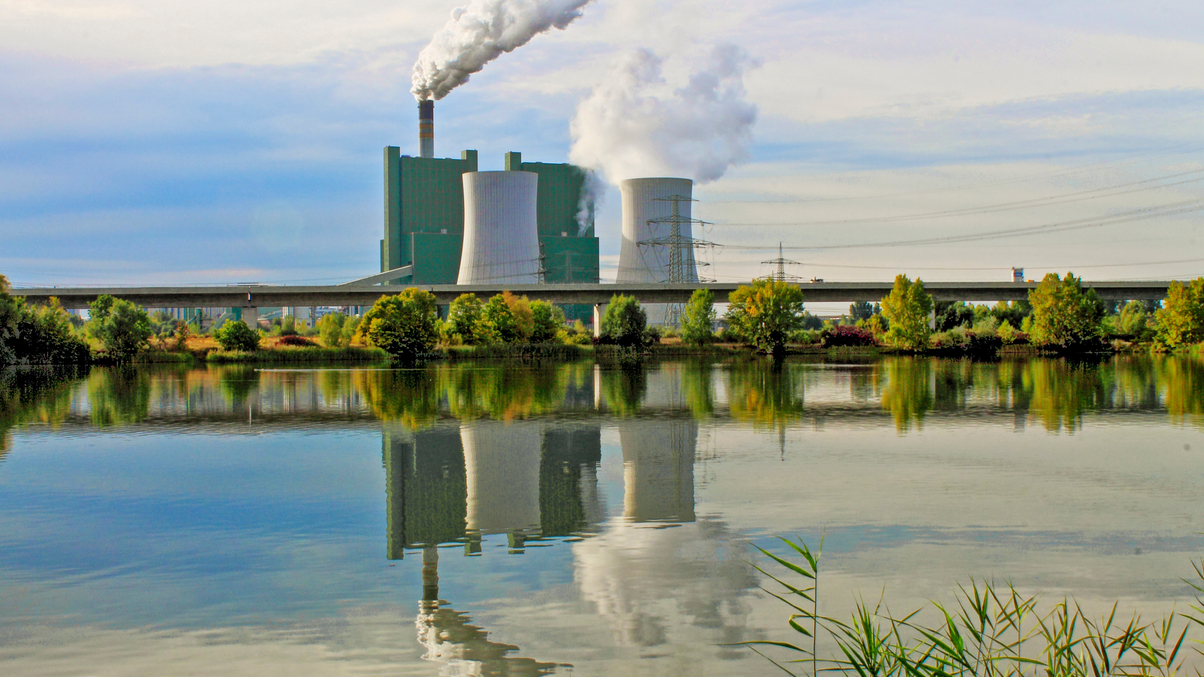Asset owners grapple with complex transition investing needs
The high-inflation and high-rate environment, coupled with regulations, add to asset owners’ pressure when navigating low-carbon transition investing.

The race to decarbonise is accelerating, but for asset owners, navigating the complexities of transition assets remains a tricky balancing act.
Sign in to read on!
Registered users get 2 free articles in 30 days.
Subscribers have full unlimited access to AsianInvestor
Not signed up? New users get 2 free articles per month, plus a 7-day unlimited free trial.
¬ Haymarket Media Limited. All rights reserved.


